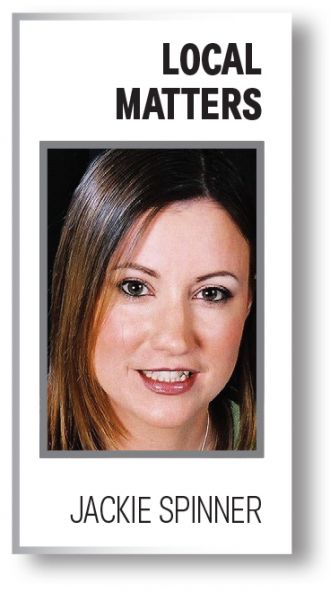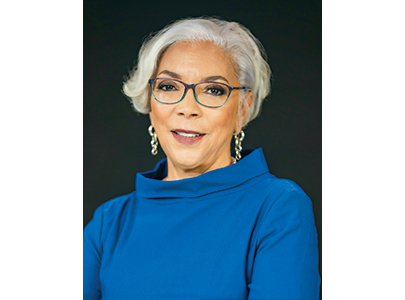In this generation of whataboutism, what does it mean to cover your community fairly?
Jackie Spinner
Aug 1, 2022


Maybe I miss being a war reporter. Or maybe I didn’t cover enough traffic accidents back in the day. But nothing turns my head like a poll about what people think about journalists.
Careful readers of this space know I often delve deeper into the latest Pew research about the public perception of journalism, and the latest one was a goldmine of perspective for me, particularly as someone who teaches journalism in the college classroom.
Pew asked people about “whataboutism” — giving equal play to both sides, a journalistic tactic I learned decades ago in my first college journalism course. Actually, I probably learned it even earlier as a high school journalist. I grew up and came of age during peak “whataboutism” for journalism. If most of the town opposed a new traffic light, it was up to me to find that one person who opposed it. That was the definition of fairness that guided most of us at the time. I cringe now thinking of the lengths that I went to find the one person who dissented in pursuit of objectivity.
The Pew poll found that more than half of the journalists surveyed say that every side does not always deserve equal coverage in the news. By contrast, about three-quarters (76%) say journalists should always strive to give all sides equal coverage.
This is a striking disconnect.
Republicans and independents who align to the Republican Party are considerably more likely than Democrats and Democratic leaners to say journalists should always strive to give every side equal coverage (87% vs. 68%, respectively).
In other words, people who want all sides to get equal coverage suspect that their side is underrepresented in the mainstream news media. They don’t trust us because they don’t believe we are being fair. However, we don’t think fairness equates to elevating disinformation. COVID deniers wanted a voice. People who think vaccines cause autism want to be included. If I don’t believe climate change is real (and for the record, I do), then I want equal footing with the scientists who do.
At its core, journalism is about giving people information, or as I learned and then embraced as a news reporter, journalists give people the facts and then our readers and viewers can decide what to think. We don’t tell people what to think outside of the opinion pages.
It is a really simplistic notion of journalism and one I find increasingly hard to teach to younger readers and viewers exposed to partisan news outlets, blog posts, social media rants, TikTok videos from self-appointed influencers and just a plethora of opinions outside of formal editorial pages.
The Pew study really highlighted this, both from the perspective of the journalist and the consumer of news.
Roughly 6 in 10 U.S. journalists ages 18 to 29 (63%) say every side does not always deserve equal coverage, while 37% of journalists in this age range say journalists should always strive to cover all sides equally — percentages that are very similar to the breakdown among journalists ages 30 to 49, Pew found.
Journalists who are 50 and older are split, essentially undecided about whataboutism.
The age gap is similar for readers and viewers.
Older adults are the most likely to say all sides warrant equal attention, Pew found. About 8 in 10 of those ages 50 and older (81%) say this, but the share falls to 74% among those ages 30 to 49 and to 71% among those 18 to 29.
This is an important revelation for me as a journalism teacher and should be as well for editors of young reporters. Maybe the reason that it’s so hard to teach whataboutism is because we shouldn’t be teaching it at all.
My college students will soon enough be in hiring positions and one day be the leaders in our newsrooms. My way will not be their way. They didn’t grow up paying for news the way I did, so maybe they will have a better idea how to fix the broken business model, to close the gap on credibility, to get their readers and viewers to trust them.
My generation, the generation of whataboutism, has failed to do that. Time and again, Pew releases polls shows that we have failed to convince people that we are relevant, that our pursuits are honest, that we are looking out for their interests.
I’m not giving up on everything. I will rail about credibility until my last breath. But I also am eager to hear from my students about how better to connect with readers their age, to the people who want information a different way, how to be fair without promoting fringe ideas or misinformation.
Jackie Spinner is the editor of Gateway Journalism Review (gatewayjr.org) and an associate professor at Columbia College Chicago. Send story tips to jspinner@colum.edu.









